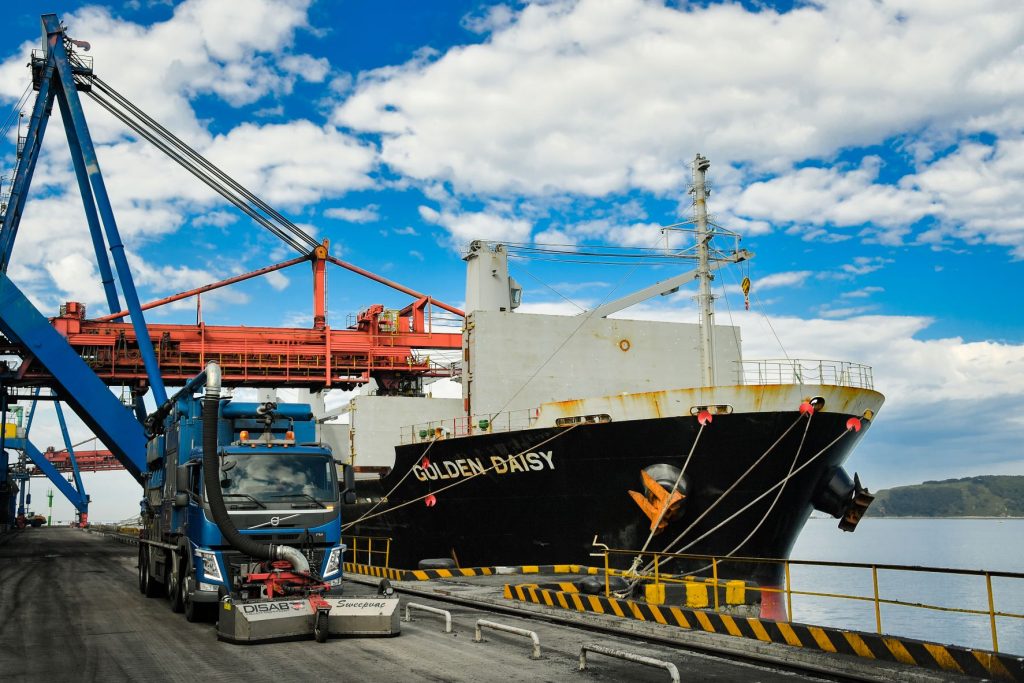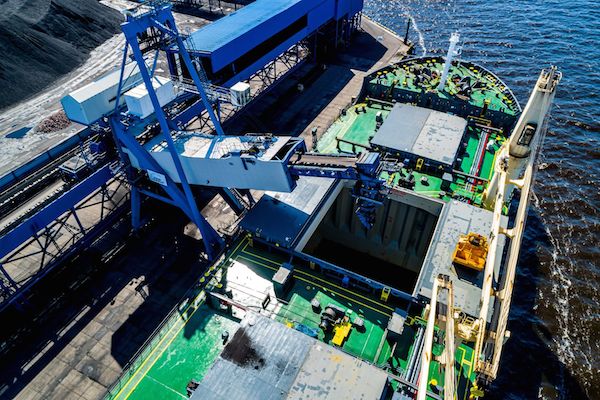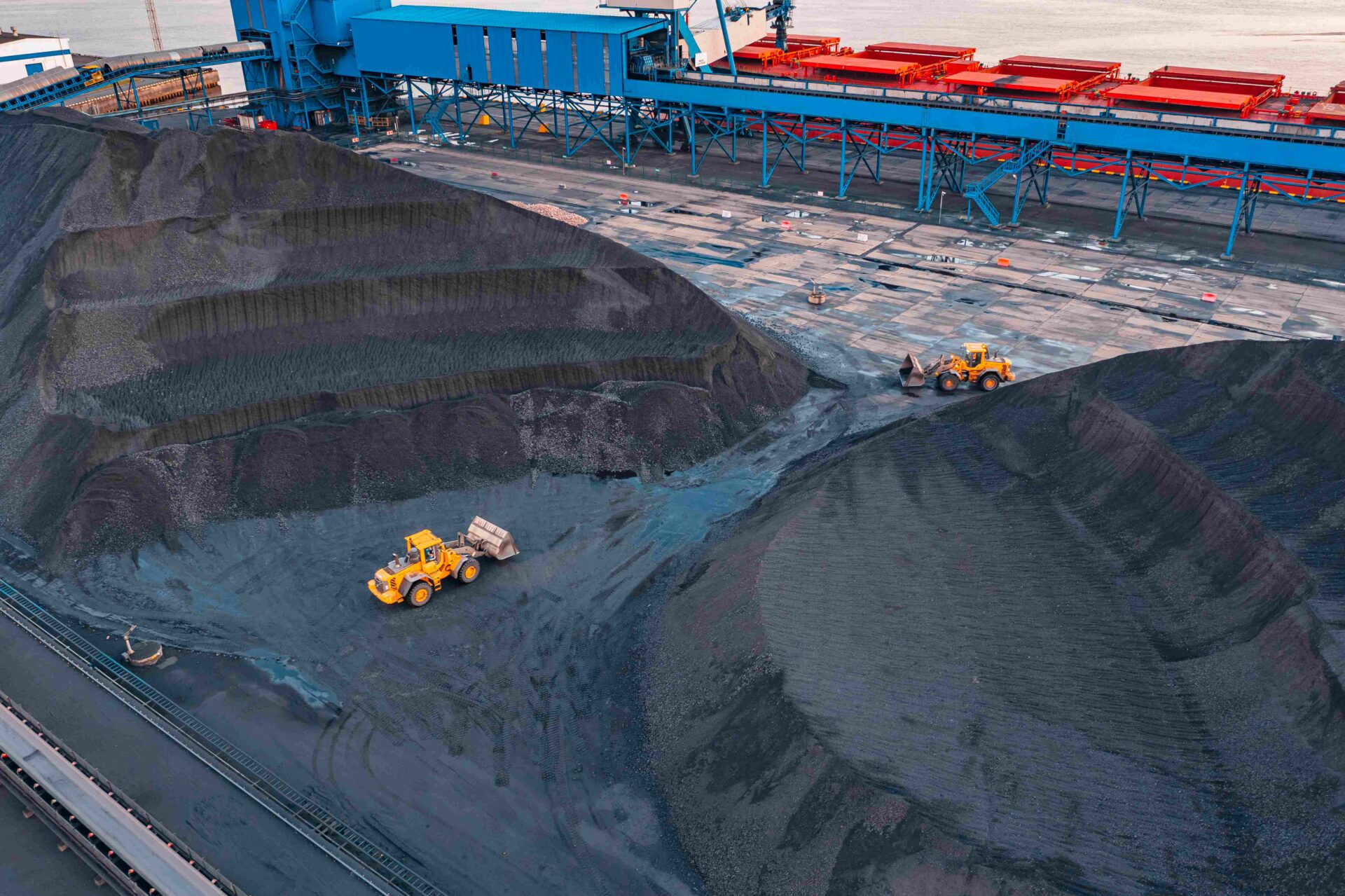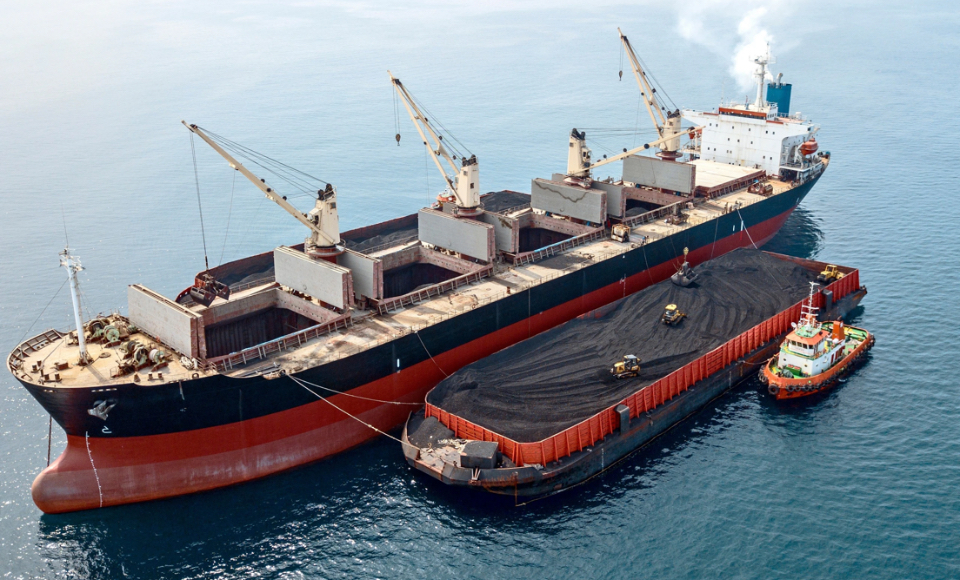

European thermal coal quotes fell below 285 USD/t last week on the back of a drop in gas prices, the growth in renewable generation as well as the expectations of a short-term improvement in weather conditions.
Gas prices on the TTF exchange adjusted to 1,600 USD/1,000 m3 (-200 USD/1,000 m3 or -11% w-o-w). Between October 3-9, coal and gas generation in Germany declined 25% from the previous week to 2.86GW and 4.94GW respectively. At the same time, hydro generation jumped 67% to 1.14 GW, solar generation surged 37% to 6.67 GW, while onshore and offshore wind power output moved up 38% to 4.10 GW and 5% to 13.10 GW respectively. Coal stocks at ARA terminals marginally decreased to 7.7 mio t (-0.10 mio t or -2% w-o-w).
South African High-CV 6,000 dropped below 235 USD/t due to lower demand from India and Pakistan, boosting the consumption of more competitive Russian and Mozambican coal.
On October 12, railway operator Transnet and representatives of the 2 trade unions (UNTU and SATAWU) resumed negotiations, potentially leading to the completion of a 7-day strike, which negatively impacted coal transportation and handling, prompting Transnet to declare force majeure. Unlike the general cargo and bulk terminals at the ports of Richards Bay and Durban, the Richards Bay Coal Terminal (RBCT) keeps operating as usual, however, coal stocks continue to shrink and could be depleted within the next two weeks, that may push up prices. As of October 11, RBCT reserves stood at about 3.0 mio t (-1.0 mio t w-o-w). Representatives of South Africa’s sectoral ministries joined a labour dispute on October 12 to resolve the issue, as Transnet was proposing a 4-5% wage rise, while unions were demanding a 12-13.5% increase.
In China, spot prices for 5,500 NAR at the port of Qinhuangdao strengthened to 217 USD/t (+4 USD/t w-o-w), driven by expected supply cuts for the period of the 20th Communist Party of China Congress and new restrictions because of the spread of COVID-19 in Inner Mongolia, resulting in Shaanxi coal province taking preventive measures and tightening controls at the border. Thus, coal shipments from some mining regions dropped to 40% of normal levels. Moreover, Daqin railway transportation within October 1-10 totaled around 1 mio t/day, down 0.3 mio t/day instead of the expected 0.2 mio t/day caused by the maintenance work.
Indonesian 5,900 GAR traded at 190-191 USD/t, virtually unchanged, being supported by steady demand from China and India.
Indonesia’s largest coal company Bumi Resources downgraded its production forecast for 2022 from 81-86 mio t to 70-78 mio t. The head of the company attributes this decision to deteriorating performance related to negative weather conditions throughout 2022, stemming from the La Nina effect and heavy rains that flooded some mines.
High-CV Australian 6,000 prices slipped below 385 USD/t amid lower demand from India, where interest in cheaper Russian and Indonesian material continues to grow. Northeast Asian countries, including Taiwan and South Korea, are also ramping up imports of Russian coal, following the easing of EU sanctions on shipping and insurance of supplies from Russia to third countries.
Glencore and Tohoku Electric signed a long-term contract to supply 6,322 GAR thermal coal from Australia at a price of 395 USD /t. The volume of shipments was not disclosed, nevertheless this benchmark is more than 3 times higher than last year’s level (109.97 USD/t FOB), which was recorded in June 2021.
Australian metallurgical coal indices climbed above 280 USD /t on higher demand on the spot market and stronger steel and coke prices in India.
Japanese steelmaker Nippon Steel and an Australian Queensland supplier set the price for semi-soft material for Q3 2022 at 236.5 USD/t FOB, which was 36% below the Q2 2022 benchmark, fixed at 368 USD/t FOB.
Source: CAA













